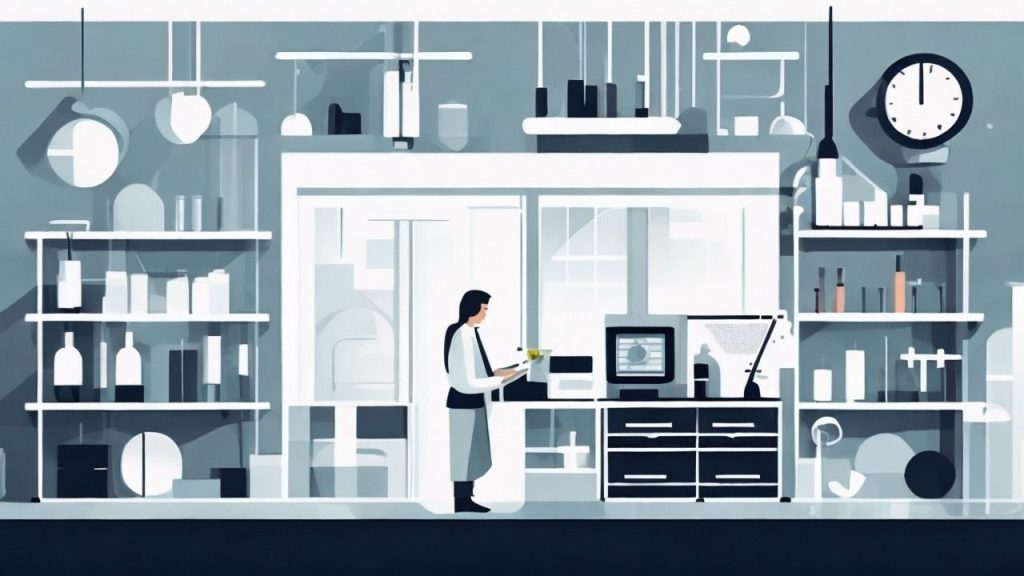Table of Contents
Genes and cancer
Human bodies are composed of countless cells, which have cell membranes, cytoplasm, and nuclei. The main component of the nucleus is nuclear protein, which forms chromosomes. Chromosomes contain genetic material, deoxyribonucleic acid (DNA), and genes are segments of DNA. When human cells divide, chromosomes become more condensed. Normal human chromosomes number 46; during the cell division period, chromosomes, like the entire cell, to undergo a thorough restructuring,and divide the entire chromosome number equally into two daughter cells. Each daughter cell receives chromosomes with the same number and type as the mother cell.

From the beginning of fertilization (cleavage) to death, the total number of cell divisions in humans exceeds 1018. It is precisely because of such a large number of cells that frequent divisions and proliferations are required, resulting in inevitable “errors,” such as uneven chromosome distribution, breaks, and abnormal chromosome segments sticking together, forming abnormal chromosomes. Nuclear nucleoli and nuclear skeletons also undergo mutations, which can lead to various diseases, including the formation of cancer.
In a single human cell, there are approximately 40,000 genes, which endow cells with various functions, and characteristics and differences between races and individuals. Among the numerous genes in human cells, there is a special gene or gene family that gradually loses activity during human development. However, once the body encounters carcinogenic factors from the outside world in the course of life, these special gene families become agitated, becoming activated genes. They change from being originally “law-abiding” to becoming crazy, and never-endingly strive to proliferate into cancer cells.
Because these genes originally existed in normal cells, they are called proto-oncogenes. Only when they encounter carcinogenic factors, undergo changes, or excessively abnormal expressions do they become harmful oncogenes. Further experimental research found that a cell can only become cancerous if it lacks a certain chromosome, proving that there exists a “tumor suppressor factor” on the chromosome, which is called “tumor suppressor gene” or “anti-oncogene.” Cancer genes and anti-cancer genes are in a dynamic balance of mutual dependence and antagonism. Only when the anti-cancer genes are inactivated can the cancer genes become active and cause tumor formation.

Over 20 tumor suppressor genes (antioncogenes) have been reported domestically and internationally, with the first one being the Rb gene. The absence of the Rb gene is a major cause of retinoblastoma. The most studied tumor suppressor gene, P53, is related to lung cancer, breast cancer, colon cancer, etc.
Role of genes in early diagnosis of tumors:
Oncogenes
It has been reported that genomic DNA was extracted from stools of colon cancer patients, and K-ras gene point mutations were detected by polymerase chain reaction (PCR) for early diagnosis of colon cancer. Point mutation analysis of genomic DNA extracted from pancreatic duct fluid or urine specimens can be used for early diagnosis of pancreatic cancer and bladder cancer.
Tumor suppressor genes
In various cancers, the mutation rate of the P53 gene is over 50%, which can be used for detecting cancerous cells in the esophagus, stomach, and lungs, serving as an early diagnostic indicator.

Over-expression of certain cancer genes is closely related to tumor metastasis and can be used to predict tumor metastasis:
- Cancer genes: In gastric cancer, there is excessive expression of C-met and bel-2, and liver metastasis of gastric cancer often accompanies excessive expression of erbB-2.
- Tumor metastasis suppressor genes: In liver cancer and breast cancer metastasis, the expression level of metastasis suppressor gene mn23H-1 is significantly reduced.
Prospects of gene therapy
Currently under study are certain tumor suppressor genes, such as P53 and ras genes, as well as genes encoding cytokines, such as tumor necrosis factor and interleukin-2. So far, gene diagnosis and treatment are still in the initial stage. We expect that in the first 30 years of this century, further research and understanding of genetics will lead to better clinical applications and make the necessary contribution to further controlling cancer.

